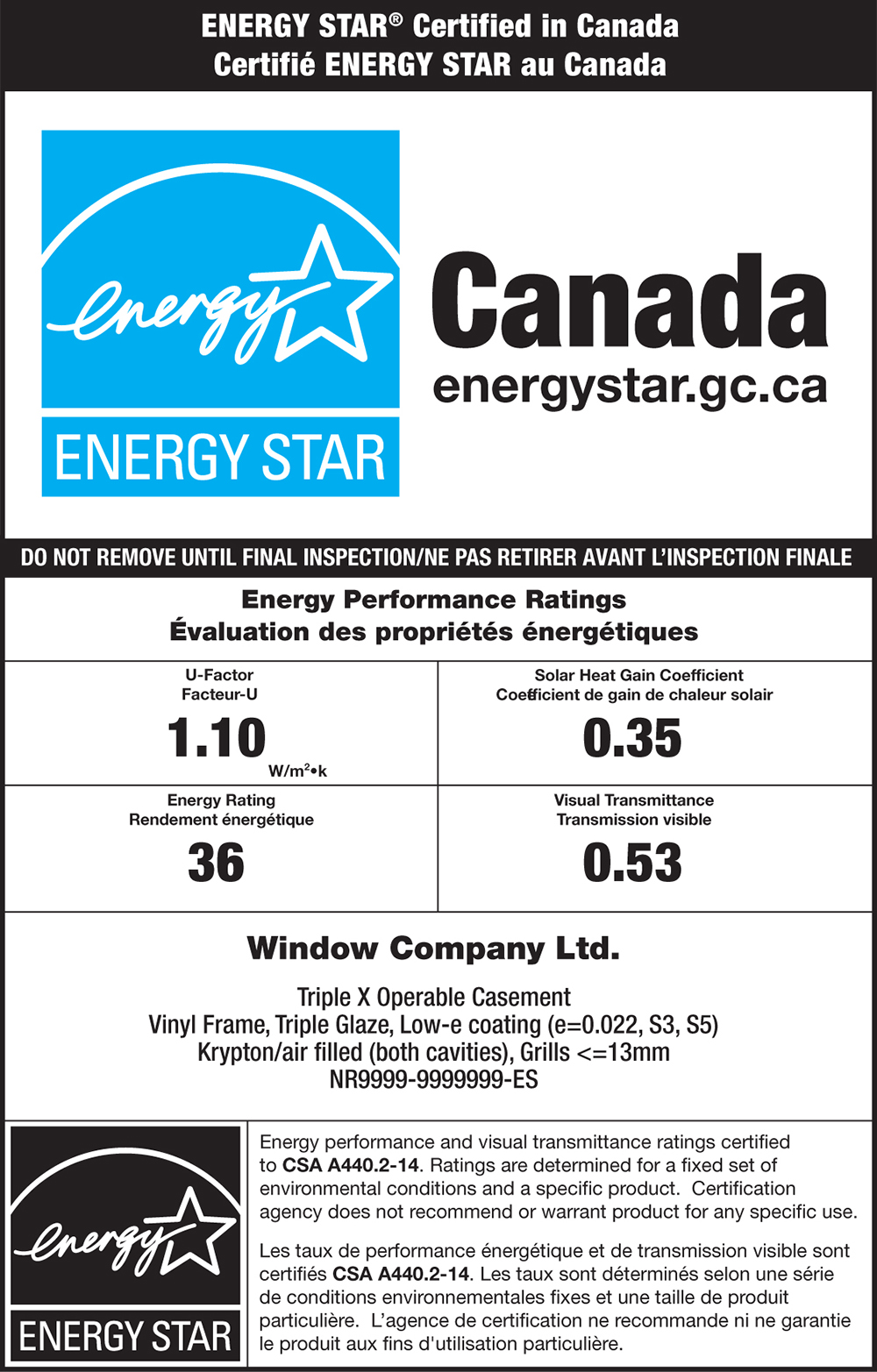
Buying Guide: What to look for when buying new windows
Your windows play an important role in the comfort and energy efficiency of your home.
Here are some considerations to help you select windows that will perform for years to come.
Windows serve many purposes in your home. A good window can keep energy costs down by preventing drafts, maintaining temperature and withstanding the elements - all while improving the aesthetic of your home. But with many types of windows on the market, how do you decide what to buy? Here are some considerations to help you choose the right window for your home.
Determine priorities
As you begin your purchasing process, determine what window characteristics are a priority for your home. If you’re building a new home, consider making natural lighting a priority. Or, if you’re upgrading your windows, maybe you’ve already identified a need for better thermal performance.
Taking the time to consider your needs will ensure that you’re prepared to select a window.
Questions to consider when getting started:
- What problems have you noticed with your existing windows?
- Do you need a window that opens?
- Is natural lighting a priority?
- Does the area get a lot of sun or is it shaded?
- What style are you looking for? Is the window for an old home or a new home?
- Do you live in a busy area? Is there a need for noise reduction?
- What’s your budget?
Go energy efficient
Energy efficiency should always be priority, as high performance, ENERGY STAR®-certified windows can save you an average of 45 per cent on your energy bill.

How to decide? Compare the labels
With so many types of ENERGY STAR® windows on the market, you’ll want to look at window labels with your priorities in mind. They will tell you everything you need to know about the product and how it will perform.
Here are three key characteristics to look out for:
1. Certified performance ratingsWindow performance is measured in two ways: U-factor and Energy Rating (ER). The U-factor shows the rate of heat transfer. A low U-factor means that the product insulates well, so you’ll want to look for this if thermal performance is a priority. This may be particularly important for the coldest rooms of your home, such as windows and doors facing North or East; however, all orientations benefit from low U-factor windows and doors in order to minimize a home's overall heat loss. In Canada, it is recommended to aim for a U-factor of 1.4 W/m2K or lower for windows and doors. ER is an alternative rating, and it includes the solar gain effect of the window. The higher the ER, the more energy efficient the window. Good performing windows and doors have an ER of 29 or higher. High ER windows are particularly useful in North and East orientations to amplify sunshine exposure in these orientations, and low to mid ER products are recommended for sunny exposures such as South and West orientations. To be ENERGY STAR certified, windows and doors must have a maximum U-factor of 1.22 W/m2K or a minimum ER of 34.
2. Description
The description will have information including type, material and glazing. In this section, you’ll want to note whether the window is fixed, meaning it doesn’t open, or operable, meaning the window does open. There are several types of operable windows, and this will be indicated on the label.
You’ll also want to look at the glazing type which affects energy efficiency and the amount of light that the window lets through. Look for a double or triple glazed window with a low-e glass coating which will help maintain your home’s temperature and reduce energy costs over time. It can also help with noise reduction. Pair a low-e glass coating with an argon gas fill to enhance thermal performance. If you want more natural light, consider a clear glaze rather than a tinted glaze. Your window provider can help you determine which glaze is right for you.
3. Certification
All ENERGY STAR® windows are certified by the Canadian Standards Association based on energy performance. Windows are tested and verified by an independent third party to ensure that the product will perform properly.
Did you know?
Did you know that your home could be losing up to a quarter of its heat through your windows? Look for the ENERGY STAR® logo when you’re shopping.
Other considerations
When it comes to buying a window, there is often a trade-off between energy efficiency and the price you see at point of purchase. While a high-performance, energy-efficient window may cost more, these windows will perform better for much longer, saving you money in the long run.
Also make sure you physically touch and operate the windows you are considering. Windows should last at least 20 years, so you want to ensure that the window operates smoothly from the get-go.
If you’re buying a window for an older home, make sure you talk to a professional about the best options. For example, if you live in a heritage home, you’ll need to follow the Ontario Heritage Act and think about whether the window design and construction materials will suit the historic look of the home.
Finally, install
Finding the right contractor is a critical part of the window buying process. For best results, you’ll want the window to be installed squarely and securely, with minimal impact on interior and exterior finishing. A poorly installed window can result in many issues including drafts, noise or water leaks. As with any contractor, look for references and get three different quotes to choose from.



